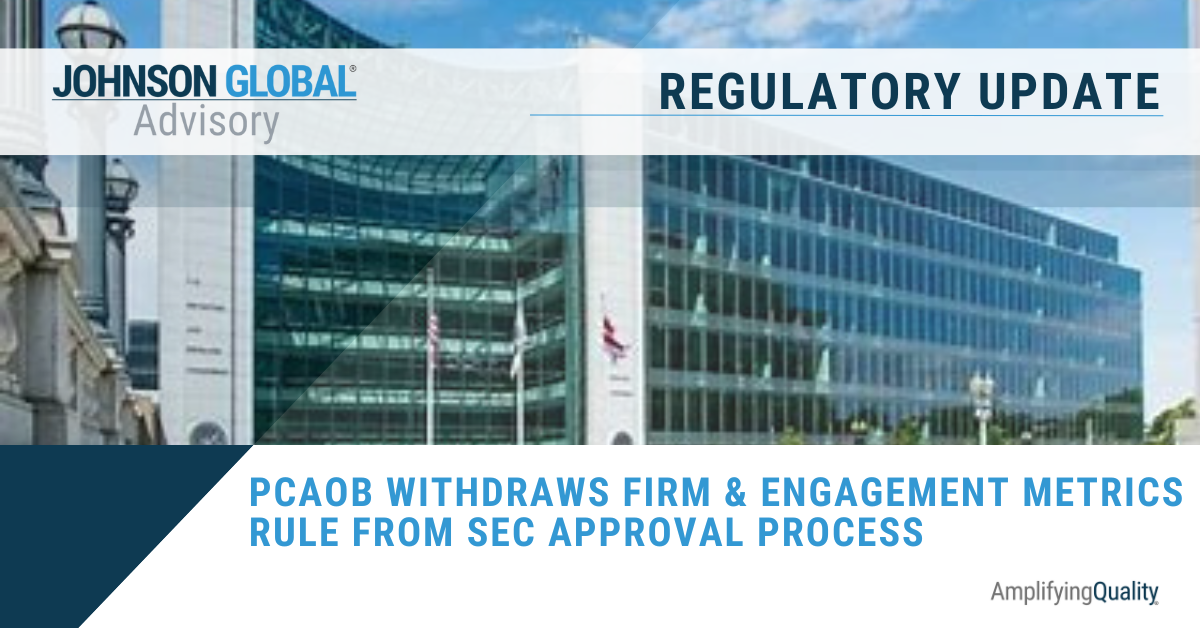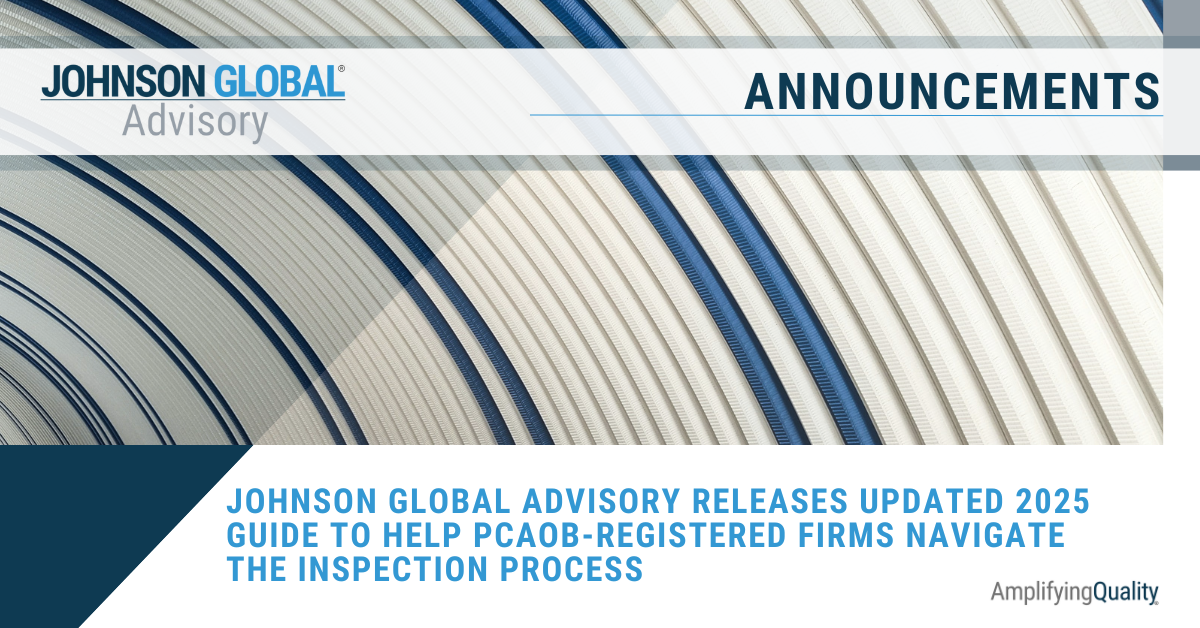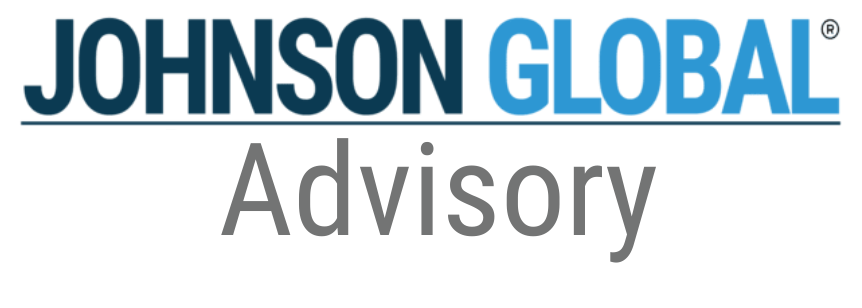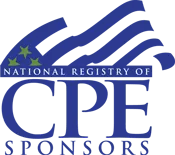Internal Inspections – Part III: Remediation – How to Read and React to the Results

Finally, the last installment of our three-part series on what makes an internal inspection program effective. Part I and Part II of the series focused on the design and execution of an effective internal inspection program, so now that the internal inspections are completed, what do you do with the results? In this article, we would like to explore how you can read and interpret the results and effectively react to remediate potential deficiencies in a firm’s system of Quality Control (QC).
Remediation is typically a natural reaction when something doesn’t quite work as planned. For example, my exercise plan is not yielding the results I expected. Naturally, one would want to fix this, however, rather than implement generic or random remedial actions we think might be the answer, we should understand why the plan did not work. We can do this by gathering and analyzing information; known to most in the auditing practice as a “root cause analysis” or “RCA”.
Root Cause Analysis
RCA’s are not required, however, that could change with the PCAOB’s proposed quality control concept release, and is already required under the new ISQM 1. The current guidance in QC 30, Monitoring a CPA Firm’s Accounting and Auditing Practice, specifically states the following:
- Pre-issuance or post-issuance review of selected engagements can be a potential monitoring procedure (QC30, .03)
- The adequacy of and compliance with a firm’s quality control system are evaluated by performing such inspection procedures as (QC30, .06):
- Summarization of the findings from the inspection procedures, at least annually, and consideration of the systemic causes of findings that indicate improvements are needed;
- Determination of any corrective actions to be taken or improvements to be made with respect to the specific engagements reviewed or the firm’s quality control policies and procedures
Additionally, Staff Guidance Concerning the Remediation Process, published November 18, 2013, specifically refers to the use of a root cause analysis in a firm’s evaluation of the relevance of the developed remedial action. To take it one step further, the PCAOB’s own process for reviewing the Firm’s Quality Control Systems includes the consideration of root causes.
Although there is no explicit requirement for Firm’s to perform a formal RCA, perhaps it is expected as implied by the various statements above.
A Root Cause Analysis, whether it’s defined by Wikipedia, Journal of Accountancy or some other source, is simply a technique to determine the underlying cause of a problem or audit findings in our case. The steps vary, depending on what source you turn to, but the fundamental model is to understand the findings, brainstorm on possible causes, collect additional data if necessary, and identify remedial actions. The difficulty is in determining the complexity and depth of the RCA for it to effectively contribute to the development of remedial actions. Our March 2020 article RCA: Seems like EVERYBODY is talking about Root Cause Analysis includes insights and considerations into designing and performing an RCA. We have included some of those highlights here along with a few additional tips.
- Independently conduct interviews with the engagement team and those directly involved with the audit to identify possible causal factors to the findings.
- Keep asking “why”. There is usually more than one causal factor as well as layers of causal factors.
- Don’t dismiss causal factors that appear un-likely or unrelated to the issue as it could lead to unexpected and effective remedial action.
- Analyze data in different ways; similar audit findings can be dissected in various ways to yield different causal factors.
- Meaningful and effective remedial actions are often developed from the deeper layers of causal factors.
- Don’t forget to consider audit quality indicators (AQIs). Internal inspections that were successful also provide pertinent information in developing remedial actions.
RCA’s are not a “one size fits all”. These tips are a good place to start, but RCA’s can vary from firm to firm based on factors such as size and structure of the firm, complexity of issuers, compliment of partners and staff, and types of deficiencies, just to name a few. Firms should consider such factors and implement an RCA to best suit its own circumstances.
Remediation
Once you have identified root causes, as well as AQIs, the next step is to develop remedial actions. The PCAOB released guidance in November 2013 which describes certain staff considerations to determine the sufficiency of a firm’s remediation efforts. The staff’s assessment criteria include Change, Relevance, Design, Implementation, and Execution and Effectiveness. On the surface, these criteria appear to be straightforward, however, as discussed further in the staff guidance and as seen by us in our experience at and with the PCAOB, firms have difficulty in developing remedial actions that satisfy certain criteria, especially when responding to repeat criticisms. The PCAOB, in its guidance, provided additional insight into how it applies certain criteria when evaluating a firm’s remediation efforts. Here are some points we would like to emphasize and provide additional thoughts on the topic.
Repeat or Persistent Criticisms: Responding to a criticism for the first time is always easier than the second, third or even fourth time around. For example, training is an obvious remedial action that doesn’t take much soul searching to come up with, however, how do you make a meaningful enhancement to training on the same topic or criticism year over year? As suggested in the PCAOB’s guidance, firms should think about content and delivery method of training. We believe that by digging deeper to understand whether there’s a different or more specific root cause, firms can do better. This is where a well-designed RCA can be very important in developing more meaningful remedial actions and strengthening a firm’s quality control structure. Firms should also keep in mind, there are many other remedial actions that can cover multiple criticisms and should perform a detailed analysis to link all actions that provide a response to a specific criticism. Having said all this, Dane Dowell, JGA Director, published an article in November 2020, “Will the PCAOB Ever Be Satisfied”, which goes deeper into these repeat criticisms. At some point, all of the firm’s best efforts won’t be enough and the PCAOB will need to provide more clarity on how satisfy its requirements. In the meantime, firms will have to be patient and stay the course.
Remedial Actions: Think outside the box. Not all actions are directly correlated to the criticism. A criticism related to auditing management estimates could certainly be attributable to lack of training or poor supervision and review, but it can also be affected by timing of the audit procedures or the review, or even the manner in which a review was performed (in the field or remotely). These seemingly uncorrelated actions may not appear to be effective or meaningful, but taken in concert with all other relevant actions, a firm can build a strong case.
Monitoring: In order to determine execution and effectiveness, the remedial action must be designed to be measured. If the remedial action is to deliver training with extended content, it might be easy to validate the training was delivered or attended, however, is there a mechanism in place to measure the effectiveness? On one hand, the results of subsequent inspections may imply effectiveness, however, it’s difficult to make a direct or close correlation. For this reason, most criticisms will be addressed with multiple remedial actions. This, again, stresses the importance of a well-designed monitoring and evaluation program. The results of the monitoring program will provide a firm with, hopefully, positive data to support effectiveness of the remedial actions, but even if it doesn’t yield positive results, a firm’s thoughtful evaluation of the remedial actions and results can still demonstrate good faith progress. Refer to an article we published in November 2019 highlighting the importance of monitoring.
Response: Although the response to the PCAOB Inspection Report is not technically part of a firm’s internal inspection program, we wanted to highlight its relevance in the overall remediation process. The response is not specifically addressed by the staff, but we believe the response itself plays an important role in achieving a satisfactory determination. The response provides the firm with an opportunity to paint the picture and “demonstrate substantial, good faith progress toward achieving the relevant quality control objectives”. There’s no doubt that effective remedial actions are critical to a firm’s remediation efforts, however, the overall response can also provide more flow and clarity on how such actions work together to meet a common goal.
Internal inspections can be a powerful tool to strengthen a firm’s quality control structure if it is designed and executed properly. There are, of course, cost benefit considerations, but there’s always a way to scale to size. We understand that firms feel beat down by it all; inspections (internal and external), repeat criticisms, remediation, but firms are not completely helpless. Even though firms can’t control how its evaluated, they do have quite a bit of control in ensuring it continues to focus on quality control and continuous improvement by being proactive, creative, thoughtful, and diligent in planning and executing its internal inspection program.
Bora Brock has over 20 years of experience in the accounting and auditing industry. At JGA, she works with firms of all sizes to improve and monitor audit quality. Primarily, she advises clients on root cause analysis, matters relating to independence, and evaluating and assisting with improvements to clients’ systems of quality control. Prior to working with JGA, she was an Associate Director in the Division of Registrations and Inspections at the PCAOB for 13 years conducting inspections of quality control and issuer audits. In addition, she played a leadership role in planning, executing and reporting on the annual inspections of a Global Network Firm, including, but not limited to, the oversight of inspections and quality control procedures, review of comment forms, development of the inspection report criticisms and quality control themes, and evaluation and review of firm remedial actions.










Johnson Global Advisory
1717 K Street NW, Suite 902
Washington, D.C. 20006
USA
+1 (702) 848-7084

